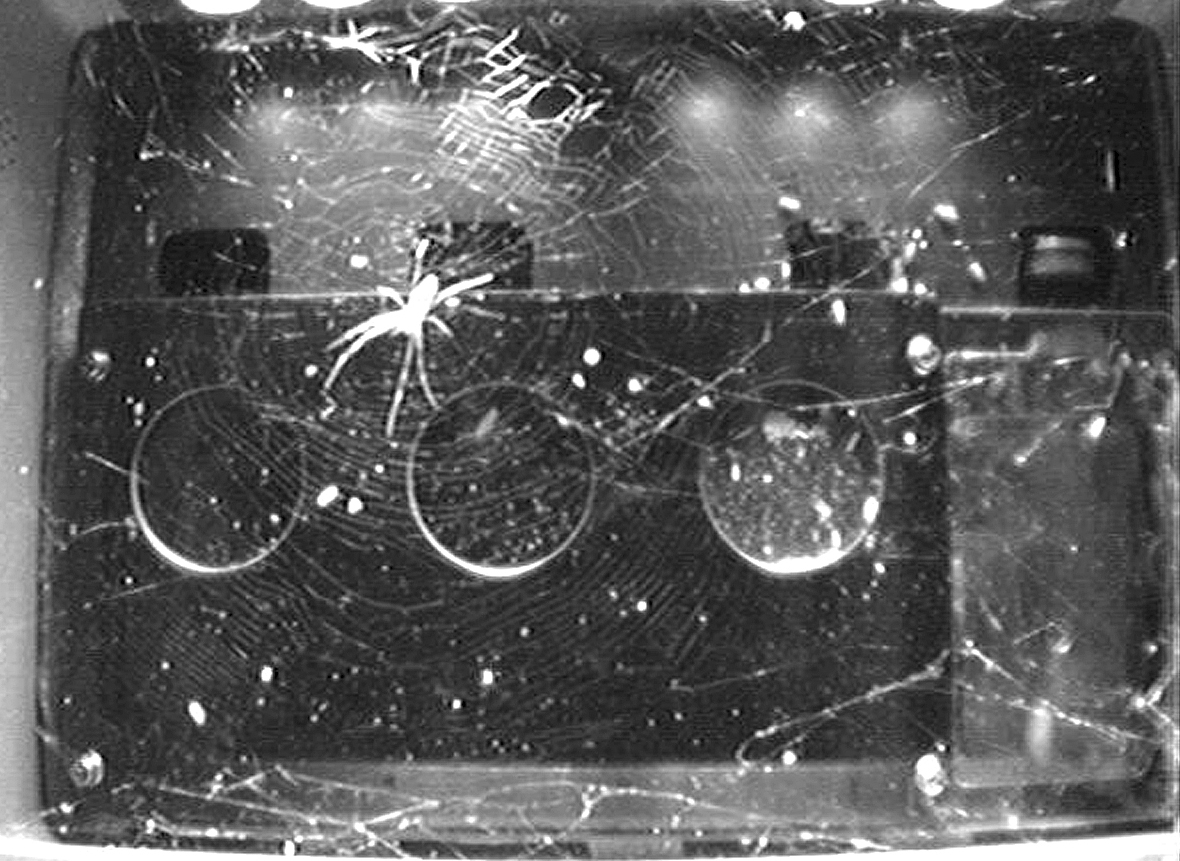Because we’re ever curious about space, we Earthlings have sent everything from slime to robots to Baby Yoda to the International Space Station (ISS). People have also sent spiders to the ISS—multiple times—despite the fact that sounds like the plot of a B movie. Now, a new study says spiders in space(!!!) have learned how to build normal webs in microgravity without issue. But only if the astronauts leave the lights on.
The Independent reported on the study, which was recently published in the journal Science of Nature. It’s based on research conducted on two pairs of male and female golden silk orb-weaver spiders, one of which was sent to the ISS in 2011. Getting the pair there was not easy.
NASA actually sent up two other spiders (not golden silk-orb weavers themselves, but similar species) in 2008. The space agency did so as a way to inspire middle schoolers to think about science and space. But there was a logistical mishap, and the spiders only produced muddled webs; ones that would give no insight into how microgravity affected them.

University of Basel
In 2011, however, the scientists were able to collect data comparing weaver webs on the ISS with those on the ground. And the scientists found the spiders did indeed build their webs differently in space than on Earth. But, for the most part, the webs only differed from normal when scientists shut the lights off.
The scientists hypothesized that the weavers—who build their webs asymmetrically on Earth, with the webs’ centers displaced toward their tops—would build them symmetrically on the ISS. The idea being that in microgravity, there would be no forcing function to create the displaced center. (The spiders hang on Earth, facing downward to look for prey. But in space, they don’t know which way’s down.)
The scientists say the weavers did build symmetrical webs in space, but only while all the lights were off. When the lights were on, however, the spiders were able to use their vision instead of their sense of gravity to guide their web building. As a result, when astronauts left the spiders’ holding-chamber lights lights on, the webs looked normal; the spiders even hung out away from their webs’ centers like they do on Earth.

“We wouldn’t have guessed that light would play a role in orienting the spiders in space,” Dr. Samuel Zschokke said in a University of Basel press release. Zschokke, who analyzed the spider experiment and published the results with his colleagues, added, “Spiders have a back-up system for orientation like this seems surprising, since they have never been exposed to an environment without gravity in the course of their evolution.”
And while that is certainly a fascinating finding, all we can think is that quote would make a great opening crawl for… SPIDERS IN SPACE!

